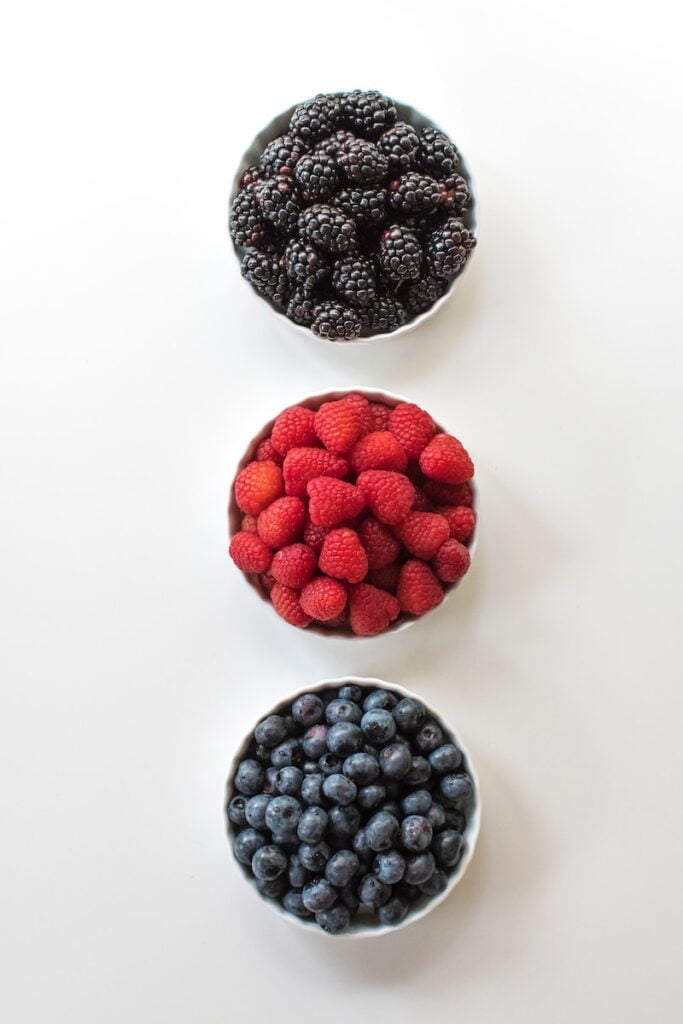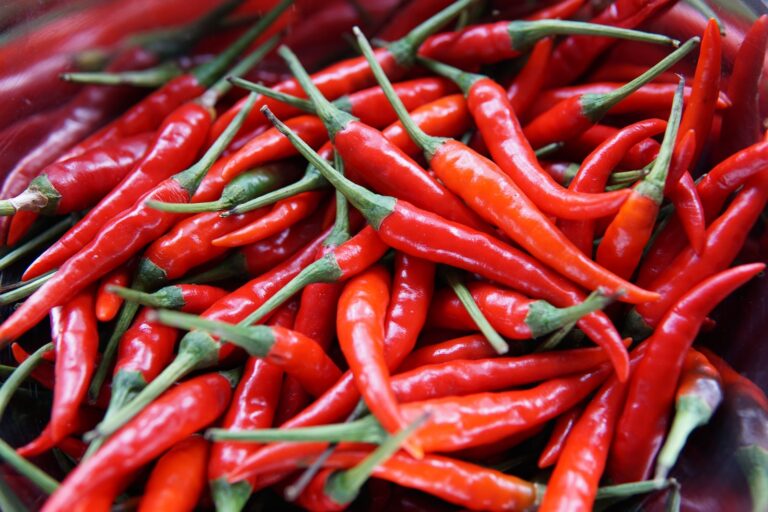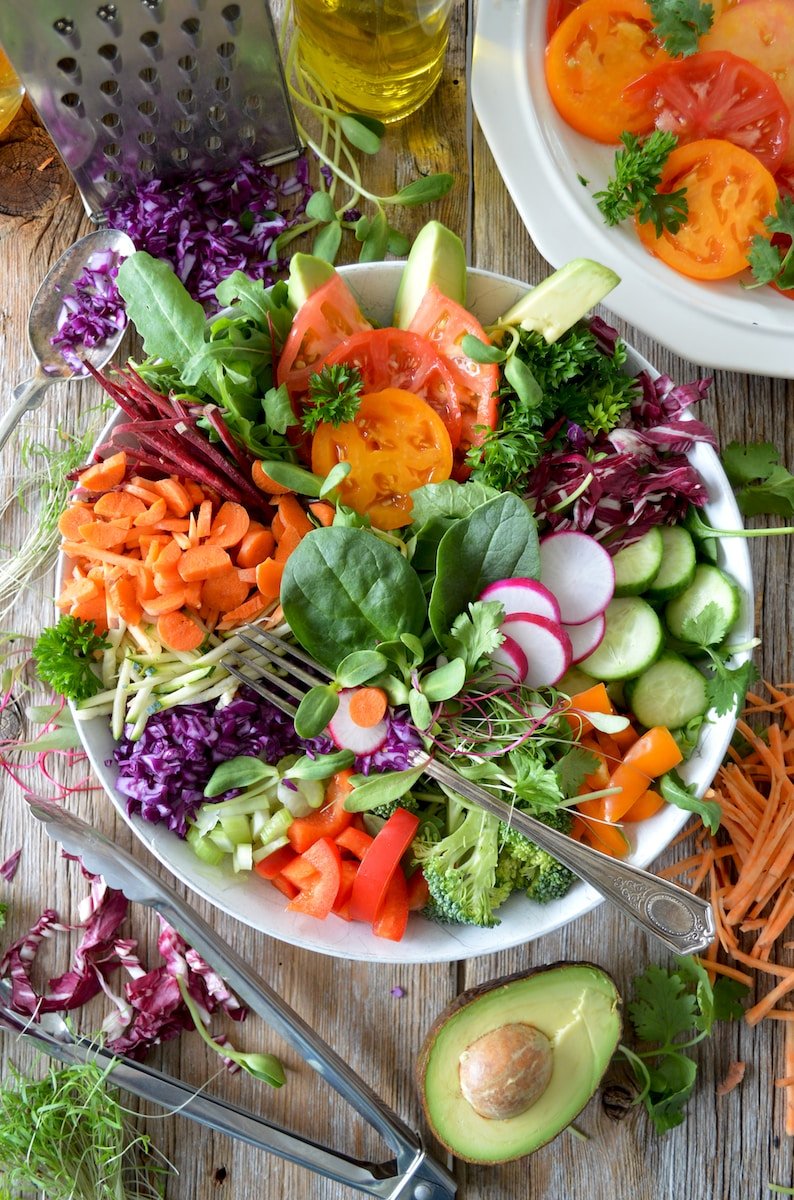Embarking on the journey beyond 50? Nurturing your body with the optimum nutrition it deserves is essential. As we navigate through the golden years, our dietary needs evolve, prioritizing certain nutrients becomes paramount to mitigate age-related health risks such as heart disease, hypertension, and osteoporosis. Here’s a meticulously crafted guide to nourish your body with a diet that stands robust against the test of time.
Nourish with Nutrient-Dense Foods
Invest in foods flourishing with an abundance of vitamins, minerals, and antioxidants, yet graciously light in calories. These nutrient powerhouses, such as fruits, vegetables, whole grains, and lean proteins, energize your body, encouraging a vibrant aging process.

Fruits and Vegetables: Your Daily Allies
Aim to lavish your plate with at least 5 servings of fruits and vegetables daily. Rich in essential fibers, vitamins, and minerals, they gracefully combat the risk of chronic diseases, heralding a realm of vitality.
Whole Grains: The Heart of a Healthy Diet
Incorporate a diversity of whole grains into your meals. Their hearty presence supports your well-being, offering a wealth of nutrients and sustained energy, promoting digestive harmony.
Choose Fats Wisely
Embrace Healthy Fats
Welcome monounsaturated and polyunsaturated fats into your diet. Celebrated in olive oil, nuts, and avocados, these fats are dedicated allies in lowering cholesterol levels and steadfastly guarding the heart against disease.
Limit Saturated and Trans Fats
Exercise caution with saturated and trans fats, often lurking in fried foods, processed snacks, and fatty meats. Their presence may cast shadows of heart disease and additional health challenges.
Mindful Protein Consumption
Choose Lean Proteins
As the body’s symphony of absorption and utilization of protein may face challenges with age, embracing sources such as poultry, fish, beans, and tofu ensures that the melody of protein nourishment plays on harmoniously.

Stay Harmoniously Hydrated
Hydration is the wellspring of life. Bathe your body in a steady flow of water and non-alcoholic beverages, cultivating a landscape of cellular harmony and overall vitality.
Cultivate Awareness of Sugars and Sodium
Limit Added Sugars and Sodium
Navigate your dietary journey with awareness, avoiding the hidden crevices where added sugars and sodium may reside. Their subtle presence can echo with health impacts such as high blood pressure and weight fluctuations.
Choose Fresh, Unprocessed Foods
Steer your dietary ship towards the shores of fresh, whole foods, avoiding the processed archipelagos. Such mindful choices illuminate the path toward a nutritionally enriched destination.

Tailored Nutritional Wisdom
Recognize the uniqueness of your nutritional landscape. Collaborate with healthcare professionals or registered dietitians, allowing personalized dietary strategies to flourish, tailored exquisitely to meet your individual needs and aspirations.
Further Understanding the Optimal Diet for Over 50 : Breaking It Down Into Often Asked Questions
What is the healthiest diet for over 50?
A diet rich in a diversity of fruits, vegetables, lean proteins, and whole grains, accompanied by healthy fats, hydration, and mindful consumption of sugars and sodium, paves the path for a vibrant life post-50. These nourishing elements synergize to fortify the body against age-associated conditions such as heart ailments, hypertension, and osteoporosis.
Essential Foods for Healthy Aging
What are the 3 most important foods you can eat for healthy aging?
- Leafy Green Vegetables: Champions of antioxidants and essential vitamins, leafy greens such as spinach and kale are powerful allies in supporting cognitive function and eye health.
- Berries: Berries are vibrant parcels of antioxidants, fiber, and vitamins, supporting heart health and a robust immune system.
- Fatty Fish: Rich in omega-3 fatty acids, fatty fish like salmon and mackerel are guardians of heart and brain health, fostering cellular communication and inflammation regulation.
Navigating Foods with Awareness
What foods to avoid after 50?
As you sail through your 50s, consider avoiding or limiting the consumption of processed foods, excessive sugars, high sodium foods, and unhealthy fats, as these can contribute to health challenges such as weight gain and elevated blood pressure.
Cultivating a Healthy Lifestyle at 50
How do I start a healthy lifestyle at 50?
Initiate your journey towards a healthy lifestyle by cultivating balanced nutritional habits, engaging in regular physical activity, nurturing mental well-being, and fostering connections with community and loved ones.
Specialized Dietary Insights
Best diet for a 50-year-old menopausal woman
Consider a diet rich in calcium and vitamin D to support bone health, accompanied by plenty of fruits, vegetables, and lean proteins to nourish the body’s changing needs.

Healthy food for age 50 and above
Encourage diversity in your diet with a rainbow of fruits and vegetables, a symphony of whole grains, and a thoughtful selection of lean proteins and healthy fats.
10 foods to eat after 50
Consider incorporating foods such as berries, nuts, yogurt, quinoa, lean meats, fatty fish, whole grains, beans, leafy green vegetables, and avocados for a richly nourishing diet.
Diet chart considerations for men and women over 50
Men and women can benefit from personalized diet charts that embrace an abundance of fruits, vegetables, lean proteins, and whole grains, tailored to meet individual health needs and goals.
In Conclusion
Navigating nutrition after 50 is a journey enriched by embracing a diet that fosters vitality, mindfulness in food choices, and a commitment to lifelong wellness. In the tapestry of your diet, weave in diverse, nutrient-rich foods, practice mindful consumption, and cultivate habits that resonate with your unique health aspirations.




























